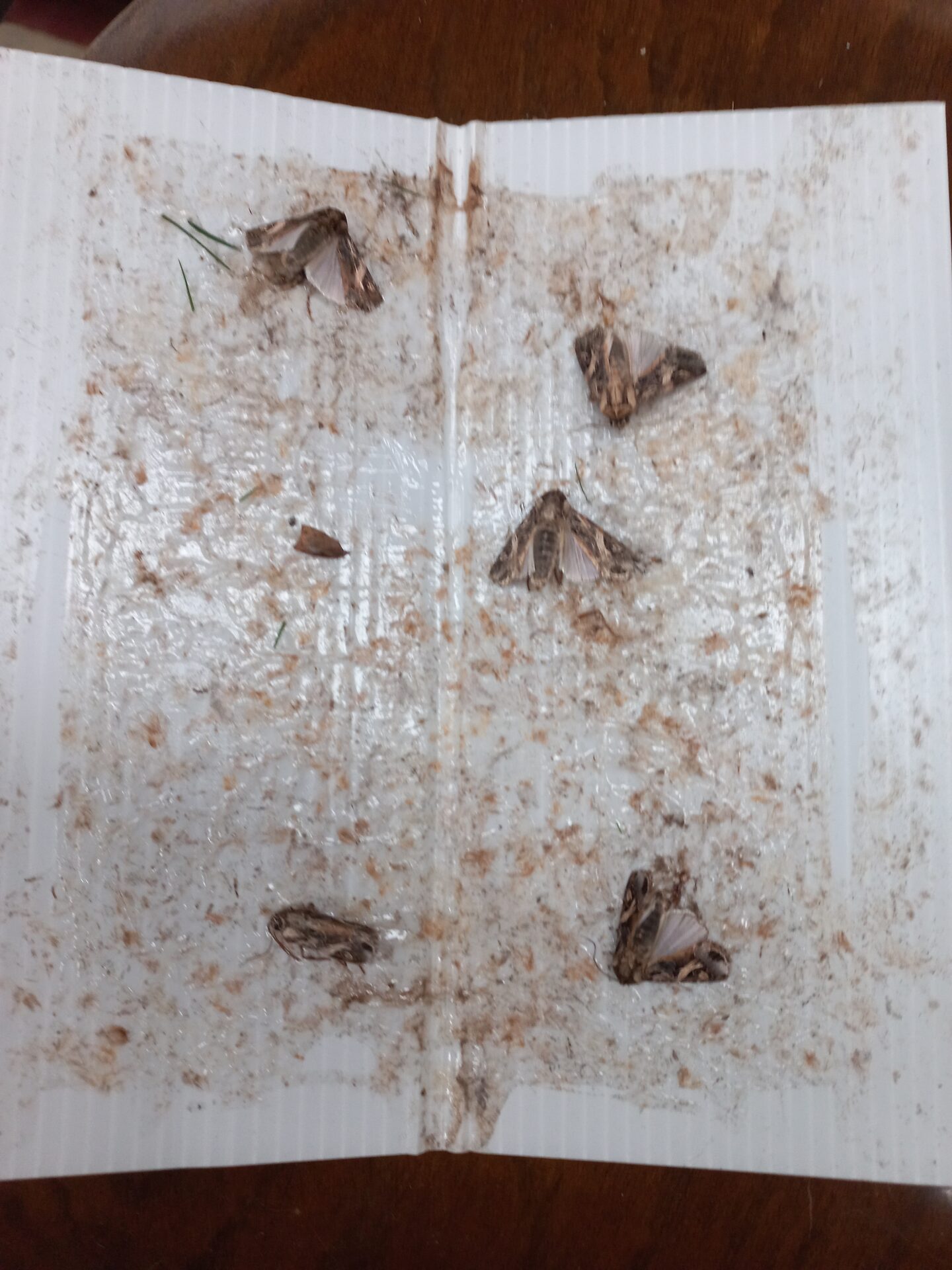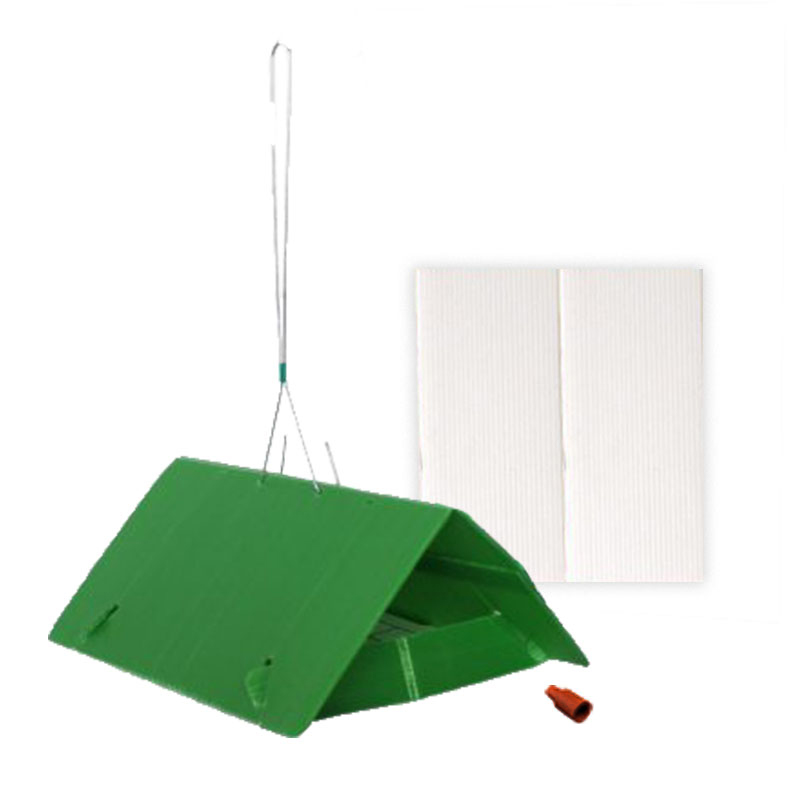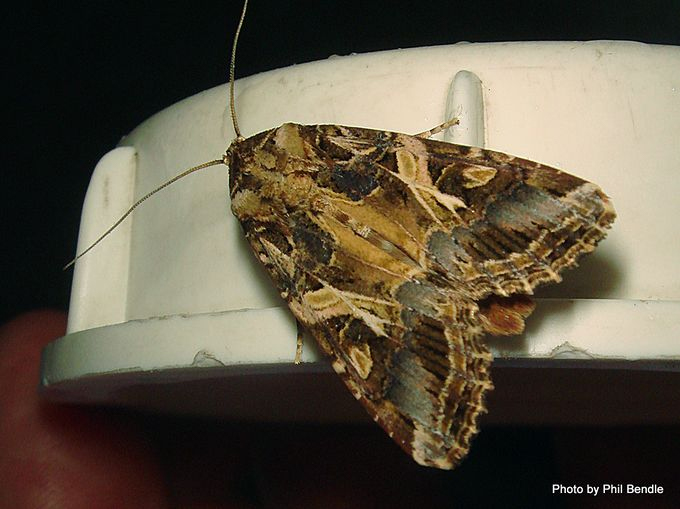Tropical armyworm
Noctuidae – Spodoptera litura
Once alien to our shores, populations of tropical armyworm are soaring. Rising temperatures and our recently very moist climate have turned Aotearoa New Zealand into an ideal home for these rapacious pests.
Tropical armyworm is now established in Northland and Auckland. They are thought to have been carried on the wind from Australia, arriving in New Zealand around February 2022. And, according to Landcare Research, this means they’re probably here to stay.
Very hungry caterpillars
Commercial growers and backyard gardeners are watching with horror as crops are being completely obliterated. In Oakura it’s a “huge problem” for the tomatoes, capsicum, rhubarb, passionfruit and beans Nena Rogers grows, along with her herb garden and green tea plants. “Everything has been affected”.
These voracious feeders are destroying lawns and grasses and gardens. They can completely defoliate crops within days. The New Zealand Herald reported that in Oakura “freshly hatched caterpillars have been dropping on heads and clothing, and even through insect mesh, while larger caterpillars are “wiping out whole seedlings then burrowing under soil as a brown grub to later hatch as the armyworm moth”.
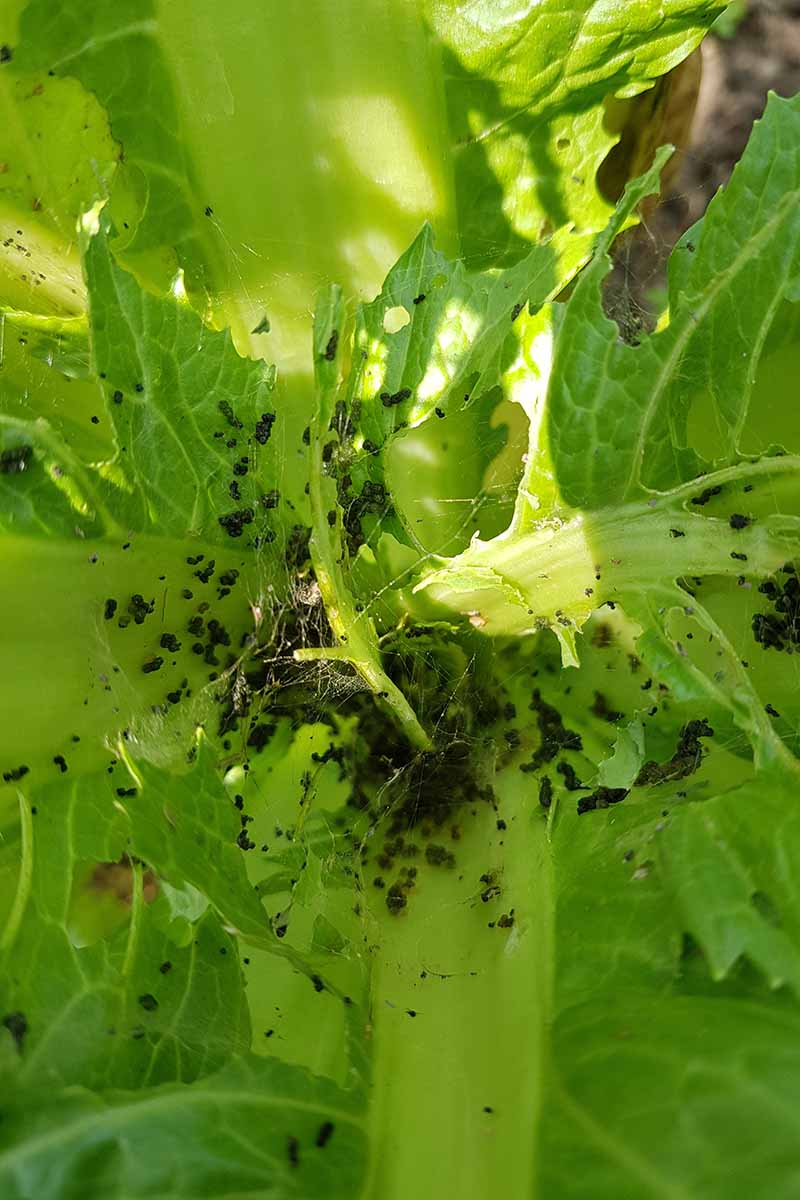
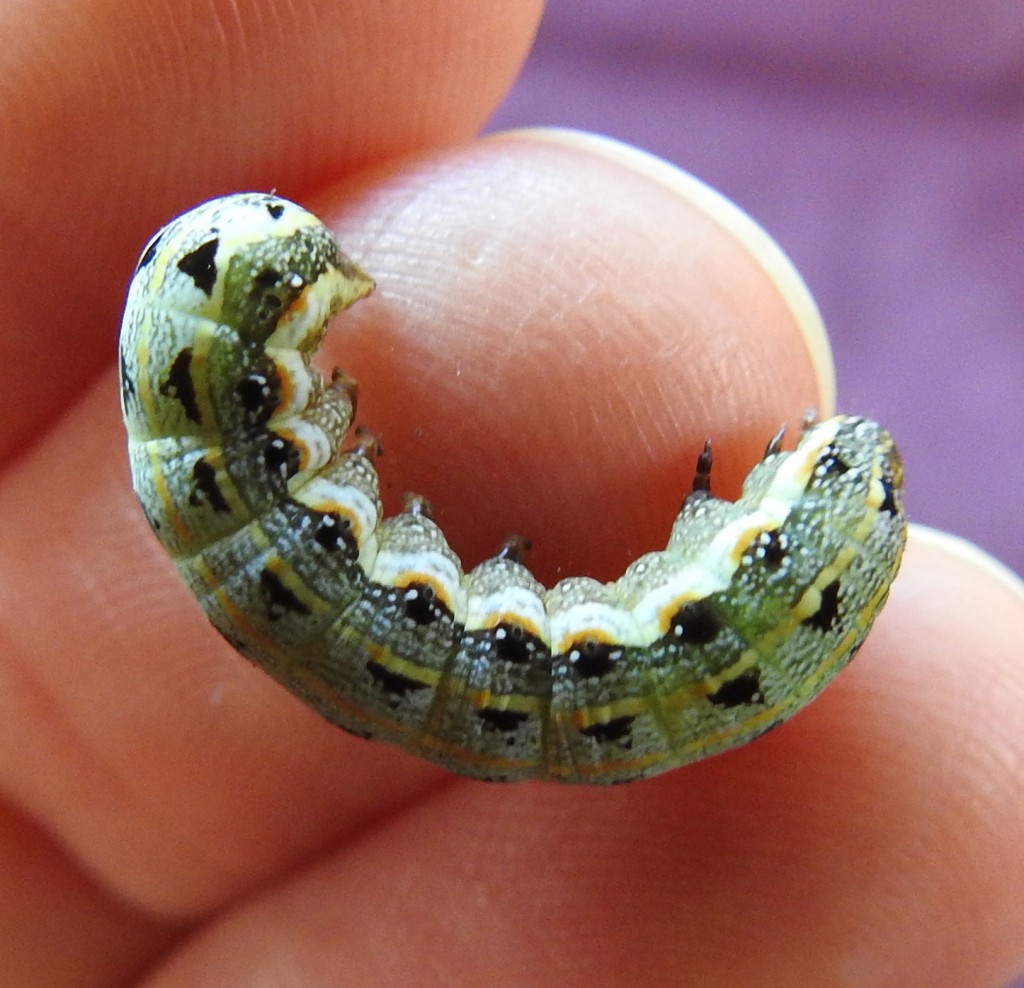
The march of the armyworm
These very hungry caterpillars are called armyworms because of their habit of marching across the landscape.
But the armyworm isn’t actually a worm. It’s a striped caterpillar and the larvae of an ordinary and benign-looking brown moth native to the Americas.
The larvae of these boring-looking moths might be the problem, but during her two weeks of life, a female moth lays up to 2,000 eggs which she deposits underneath leaves in clusters of 100 to 200.
When the eggs first hatch, the tiny caterpillars are barely noticeable. By the time they reach full size – about 45 mm long – the caterpillars have become ravenous eaters.
What do armyworms look like?
The tropical armyworm caterpillar varies in colour from pale green to dark green to brown as they develop. Mature larvae have three yellow longitudinal stripes with triangular black markings. The caterpillar head of the tropical armyworm has a white ‘V’. They also have two yellow/white dots on the body segment behind the head.
These rapacious, stripey creepy-crawlies pose a serious threat. Armyworms eat and grow for two to four weeks, depending on the season. During this time, they chew holes in leaves, reducing them to a lacework skeleton.
The older worms make a home for themselves in the centre of plants and insecticides don’t reach them. It’s at this stage that they do the most damage.
Once they’ve finished munching, they then burrow into the ground, encase themselves in a cocoon and pupate. When they emerge as moths, the cycle repeats, with the next generation expanding their kingdom. Adult armyworm moths are strong flyers and will travel hundreds of kilometres on wind.
When the pesticides don’t work
Applying insecticides seemed to be the only way to control them, but American entomologist Scott D. Stewart says evidence suggests armyworms may be developing more resistance to certain insecticides, and that insecticidal protein-resistant armyworms are spreading their genes.
Ben, a keen gardener, was quoted in Stuff as saying he’d used organic spray to try and get rid of them, but found that they kept multiplying, and he had to pick them out by hand.
A spokesperson for the Ministry of Primary Industries (MPI) here in New Zealand says that insecticides should also be avoided because of the harm to beneficial insects, such as parasitic wasps, that could help kill the pest and contain its spread.
“We have to find a way to manage it together and prevent the worst-case scenario of all our growers having their hard work destroyed now and every year from now on.”
By luring and capturing adult armyworm moths, you can reduce their numbers and prevent them from laying eggs in your garden.
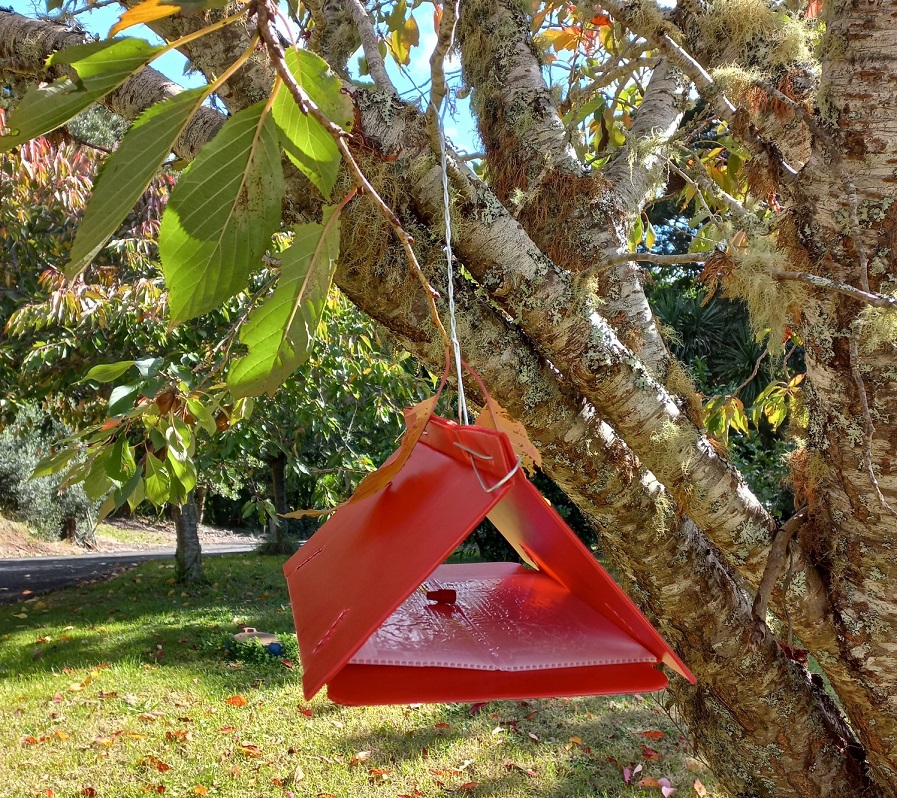
Lure them in with pheromone traps
Armyworm moths emit pheromones to attract their mates. Our pheromone traps capitalise on this. They are specifically designed to lure and capture adult male moths. The synthetic pheromones mimic the scent of female moths, making the males come running (or rather, flying). Hang them around your garden and let nature’s chemistry do the rest!
If you already have an Eco Trap tent for guava moths or codling moths, simply use a different pheromone, the Tropical Army moth pheromone, and fresh sticky pads.
They’ll see the light
The armyworm moth is a member of the Noctuidae family. They tend to be active at night and are attracted to outdoor lights. Take advantage of this by strategically placing outdoor eco light traps in your garden. These devices emit ultraviolet light, which draws the moths in. Hang these traps at different heights to increase their effectiveness and double your trapping power.
